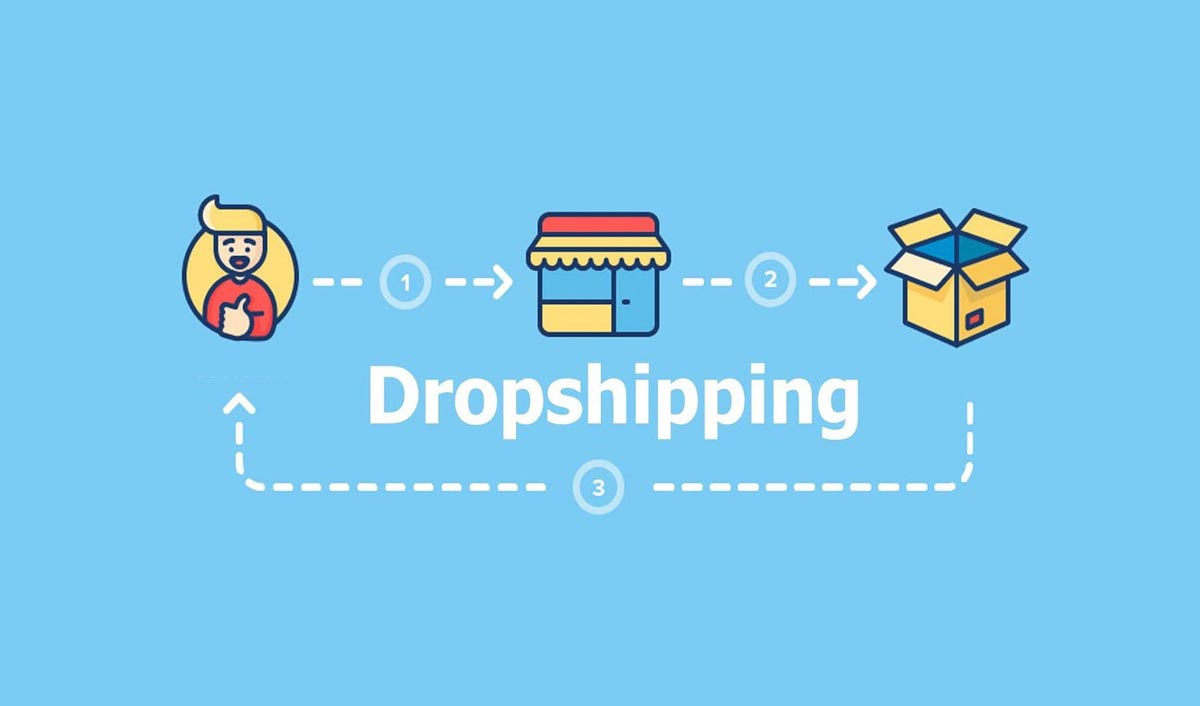Dropshipping has gained immense popularity as a business model, allowing entrepreneurs to sell products without the need for inventory management or upfront investment. A crucial aspect of dropshipping success is selecting the right marketplace to showcase and sell your products.
With numerous options available, it can be overwhelming to determine which marketplace is best suited for your business. In this article, we will explore the top five dropshipping marketplaces and provide insights on how to choose the best one to get started.
By considering factors such as audience reach, product variety, seller support, fees, and ease of use, you’ll be able to make an informed decision and set yourself up for success.
Top 5 Dropshipping Marketplaces
Amazon: As one of the largest online marketplaces globally, Amazon offers an extensive customer base and a wide range of product categories. It provides a robust infrastructure, including Fulfilled by Amazon (FBA) services, which handle inventory storage, packing, and shipping. With Amazon’s Prime membership and reputation for fast shipping, sellers can tap into a large pool of loyal customers. However, competition can be fierce, and fees can be relatively high compared to other marketplaces.
eBay: Known for its auction-style listings and diverse product selection, eBay provides an opportunity for sellers to reach a large customer base. It offers various selling formats, including auction-style and fixed-price listings, allowing flexibility in pricing strategies. eBay also offers a user-friendly interface and comprehensive seller support. To gain a deeper understanding of eBay dropshipping, check out this step-by-step tutorial on eBay Dropshipping.
Shopify: Shopify is a popular e-commerce platform that allows sellers to create their own branded online stores. It provides a user-friendly interface, customizable themes, and seamless integration with dropshipping apps. While it requires more effort to drive traffic to your store compared to established marketplaces, it offers greater control and branding opportunities. Shopify also provides extensive resources and a supportive community for sellers.
AliExpress: As part of the Alibaba Group, AliExpress offers access to a vast selection of products at competitive prices. It is known for its supplier network in China, making it a go-to marketplace for dropshippers sourcing products from overseas. AliExpress offers buyer protection and order tracking, which can help build trust with customers. However, shipping times can be longer, and product quality may vary. It is crucial to carefully vet suppliers and choose those with positive reviews and ratings.
Walmart: Walmart has made significant strides in expanding its online marketplace, offering sellers access to a large customer base. It prioritizes brand reputation and requires sellers to meet certain criteria. While it may have stricter seller requirements, it provides the opportunity to tap into a trusted retail brand and reach a wide audience. Walmart’s competitive fees and fulfillment options, such as Walmart Fulfillment Services (WFS), can streamline the order fulfillment process for sellers.
Factors to Consider
When choosing the best dropshipping marketplace for your business, several factors should be considered:
- Audience Reach: Assess the marketplace’s customer base and determine if it aligns with your target audience. Look for marketplaces with a large and active customer base interested in the products you plan to sell. Consider the marketplace’s demographics, geographic reach, and purchasing behaviors to ensure that your products will resonate with the audience.
- Product Variety: Evaluate the marketplace’s product categories and ensure they cover your desired niche. A diverse product range can help attract a wider range of customers and cater to different preferences. Consider the compatibility of your product offerings with the marketplace’s existing categories and whether they allow for easy expansion into related product lines in the future.
- Seller Support: Consider the level of support provided by the marketplace. Look for resources, tutorials, and responsive customer service to assist you throughout your dropshipping journey. A marketplace with robust seller support can help you navigate any challenges that arise, provide guidance on best practices, and address any issues promptly.
- Fees and Pricing: Examine the marketplace’s fee structure, including listing fees, transaction fees, and subscription costs. Compare the fees with the potential profit margins of your products to ensure a sustainable business model. Consider whether the marketplace offers any additional value-added services, such as fulfillment services or advertising options, and how these may impact your overall costs and profitability.
- Ease of Use: Evaluate the marketplace’s user interface and overall ease of use. A user-friendly platform will streamline your operations and minimize the learning curve, enabling you to focus on growing your business. Consider the intuitiveness of the marketplace’s listing and inventory management tools, the availability of analytics and reporting features, and the overall navigation experience.
- Branding Opportunities: Depending on your long-term goals, consider whether the marketplace allows for branding opportunities. Some marketplaces, like Shopify, offer the ability to create your own branded store, giving you more control over your brand identity and customer experience. This can be beneficial if you aim to establish a unique brand and build customer loyalty.
- Competition and Market Saturation: Assess the level of competition and market saturation within the marketplace. While a large customer base is desirable, a saturated market with high competition may make it more challenging to stand out and attract customers. Consider conducting market research to evaluate the demand for your product niche and the competitive landscape within the marketplace.
Conclusion
Selecting the right dropshipping marketplace is a crucial step towards building a successful business. While Amazon and eBay offer a vast customer base and comprehensive features, Shopify provides more control and branding opportunities. AliExpress offers a wide product selection and competitive prices, while Walmart allows access to a trusted retail brand. By considering factors such as audience reach, product variety. Seller support, fees, and ease of use, you can make an informed decision that aligns with your business goals.
To gain a deeper understanding of eBay dropshipping, explore this step-by-step tutorial on eBay Dropshipping. It provides valuable insights and guidance to help you navigate the world of dropshipping on eBay.
Remember, the marketplace you choose should align with your niche, target audience, and long-term business objectives. By selecting the best dropshipping marketplace, you set yourself up for success. And position your business for growth in the competitive e-commerce landscape.



